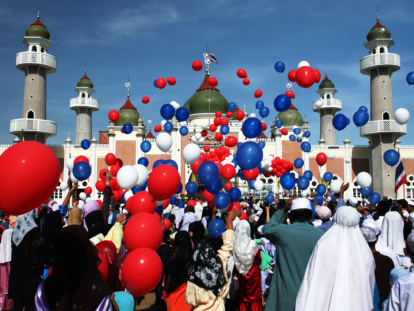- About
- Topics
- Picks
- Audio
- Story
- In-Depth
- Opinion
- News
- Donate
- Signup for our newsletterOur Editors' Best Picks.Send
Read, Debate: Engage.
As more countries the world over become water stressed and as water crises reach epidemic proportions, it is becoming increasingly clear that the next biggest conflict will be over this precious resource. And with the impacts of climate change, industrialisation and high demands from a booming population, the scramble for limited water is starting to manifest itself with numerous reports – raising concerns over water conflict-related deaths and dwindling water resources that will exacerbate the wars going forward.
Water use has been growing over two times the rate of the human population within the last one hundred years. In fact, 17 countries that are home to a quarter of the global population are currently facing extremely high levels of baseline water stress, according to World Resource Institute’s data, with industries, irrigated agriculture and municipalities withdrawing over 80 per cent of their available supply each year.
The effects are being felt in areas that couldn’t be expected previously, from the acute shortage in Cape Town, South Africa, last year that almost saw the municipal government shut off the water supply, to the reservoirs in India’s sixth largest city Chennai currently about to dry, and the rationing of water in Rome to conserve its limited supplies, water woes are only getting worse.
Yet there hasn’t been commensurate attempts to address the looming danger. As the global community pushes for the actualisation of SDG goal 6 – of clean water and sanitation for all by 2030 – time is ripe to track every single intervention and action that governments, private sectors and the international community has committed to and measure how they are being actualised to avert a crisis that threatens to destabilise world peace and order.
It is therefore timely that water leaders, experts and decision makers from over 100 countries are meeting in Egypt’s capital this week for the Cairo Water Week, arguably the largest gathering of its kind in the continent. Addressing water scarcity through key highlights including achieving SDGs under water scarcity, cooperation in the water sector and research and innovation in facing water shortages among others, the conference is providing a crucial platform to share knowledge, ideas, technologies and experiences on promoting sustainable water resources management.
The participants must now stand up and be counted, walk the talk in moving these deliberations from the conference halls to the grassroots and follow each recommendation to its actionable end. They owe that to the world.
Read FairPlanet's dossier on WATER
